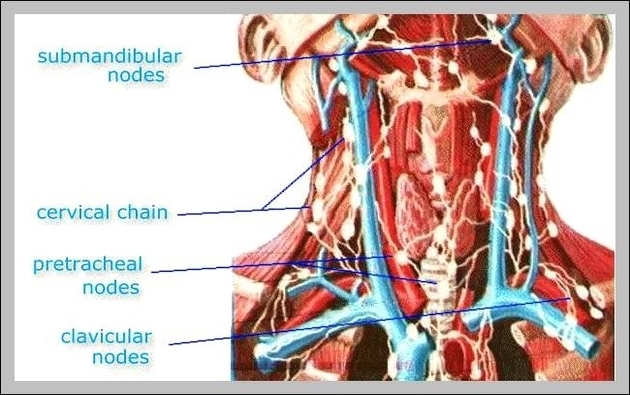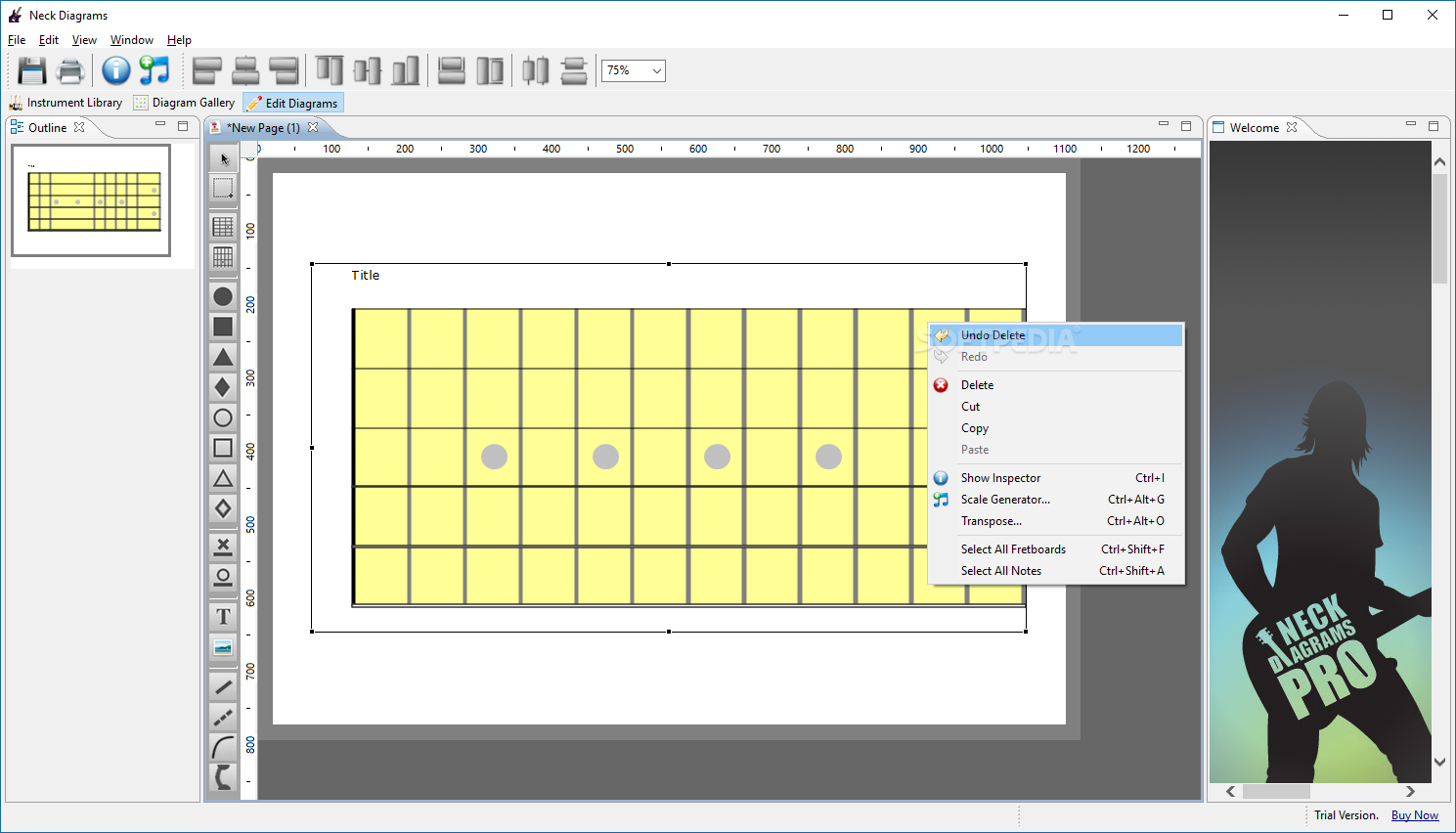

You can imagine it as playing the bottom part of the chord. The first variation is based on the barre chord shape with a root on the E strings. Some of these variations are very easy to play and also add a special flavor to the familiar sound of the G major chord. The G major can be played in many other positions on the neck, apart from the open chord and barre chord positions. But, if you apply the proper technique, barre chords can be very easy to master and very useful. Put your fourth finger (pinky) on the 5th fret of the D string.īarre chords are widely misunderstood, some players avoid them as much as they can by using capos.Put your third finger (ring) on the 5th fret of the A string.Put your second finger (middle) on the 4th fret of the G string.Barre your first finger (index) on the 3rd fret across all 6 strings.The fingering for the G major barre chord is the following: Another way to understand barre chords is to imagine the index finger as a guitar capo.

If you are new to the concept, barre chords are chord shapes where one of the fingers, usually the index finger, presses down more than 1 string by laying down the strings as a sort of barre. The first G major chord variation is a barre chord. That means that there are multiple ways to play the G major chord, called chord variations. The 3 notes that make up the G major chord are found in multiple places on the fretboard. Try to find on the fretboard some other positions of these 3 notes (G, B, and D) and see if you can play them as a chord. Although each chord will have a very slightly different sound, they are both G Major chords. If you take a second look at the Alternate G chord we looked at previously, the reason why the fingering works is that the open B string is obviously a B note, and the 3rd fret of the B strings is a D note – both notes are part of the G major triad. Go back a moment to the open G chord shape and find the notes that make it up, Even though your strum 6 strings the notes are only G, B and D repeated 2 times. The G note is called the root of the chord and 3 note chords are called triads. So the G major chord is formed from the notes G, B, and D. Major chords are made up of the 1st, 3rd, and 5th intervals of the major scale. For example, the distance from the G note to the C notes is a 4th since G is 1 and C is 4. The notes of the G major scale are the following: GĮach note corresponds to a number, numbers refer to intervals which are the distance between 2 notes. A scale is made up of 7 notes, known as intervals. All chords are formed from the corresponding major scale.


 0 kommentar(er)
0 kommentar(er)
